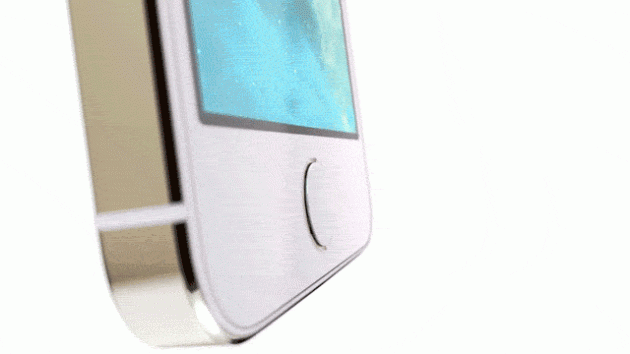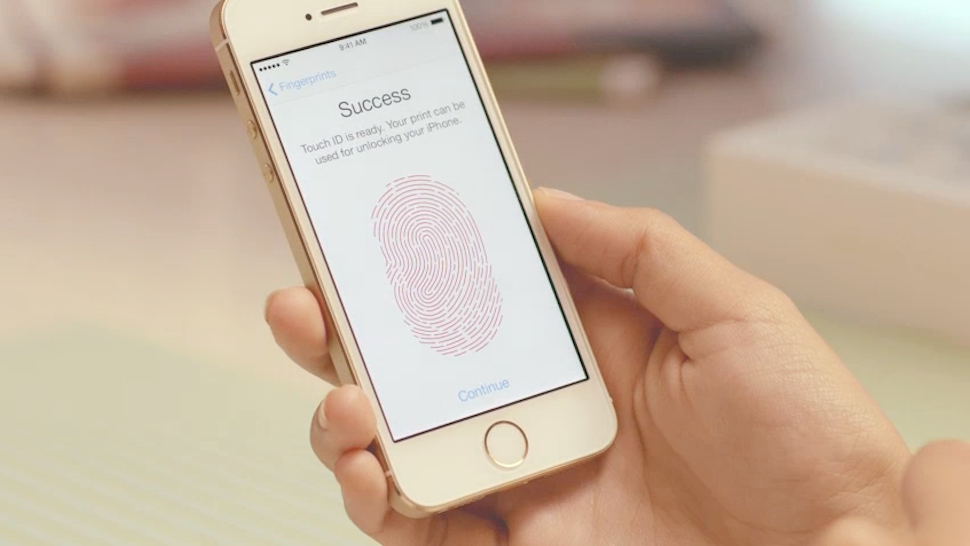Don't Worry. A Severed Finger Won't Be Able To Access Your iPhone 5S
Sep 16, 2013 18:44

The first thing that comes to mind when seeing the iPhone 5S' Touch ID fingerprint scanner is: Don't lose your finger man. Concerns of thieves resorting to physically removing a person's finger to gain access to a stolen device.
Its not an unfounded fear of course. Reports like the one from Malaysia that detailed the theft of a biometrically secured Mercedes S-class car that resulted in the owner losing a finger so the thieves could start the car is one of them.

But Apple wants you to stop worrying. The biometric security experts have now weighed in on the verdict: your severed finger won't be able to access your iPhone 5S.
The Touch ID sensor uses radio frequency scanning to detect the sub-epidermal layers of your skin, and requires the owner of the finger to be alive and attached to the finger.
“The [RF capacitive sensor] technology is built in a way that the [fingerprint] image has to be taken from a live finger,” says Sebastien Taveau, chief technology officer at Validity Sensors, a California based provider of fingerprint sensor solutions. “No one in biometrics wants to talk about cut fingers and dead bodies, but at the end of the day we are still asked to remove the fears of consumer and make sure that they understand that [a severed finger] will not work.”
That's more settling than ever. We don't have to lose our fingers after all. The only other thing we can't work around? A thief forcing us to use our fingers to access the smartphone. 







































































